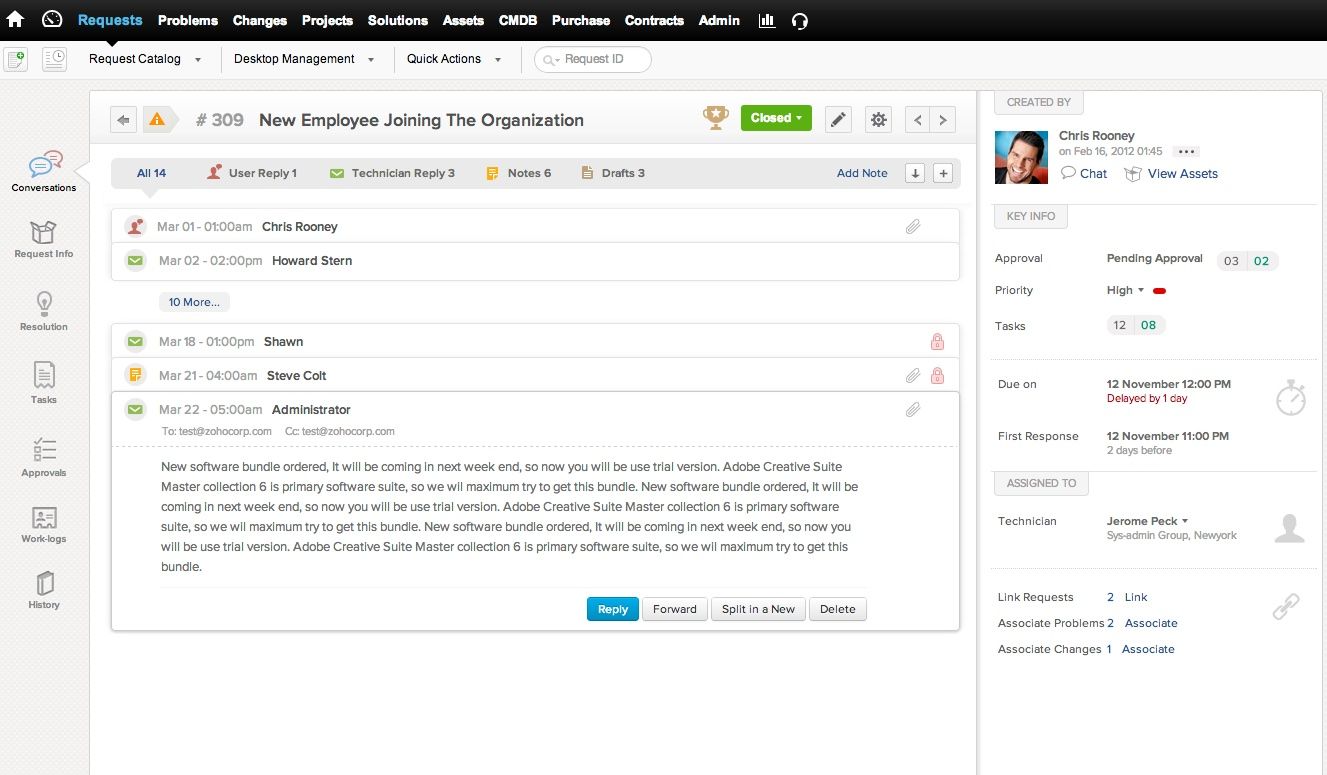

Allowing users to access services across the enterprise from a single portal.Providing business functions with enough autonomy with respect to people, data, and processes.Deploying a unique service desk for each business function.Onboarding departments on a single service management platform.Some of the key challenges of ESM include: CTOs may struggle to unify their organization's siloed service desks and various tools to deliver a fulfilling end-user experience. While most business functions leverage technology to deliver services, inconsistent processes and disparate tools can result in broken service delivery. Kick-start your ESM journey with ServiceDesk Plus.

It's important that businesses extend the same level of consumer-focused service delivery to their internal audience as well one way to do this is ensure a consistent, seamless service delivery experience across business functions. Add in the lack of established processes and best practices, and delivering services efficiently becomes a challenge.ĭigital transformation has revolutionized the customer experience across verticals. However, most other departments still handle their requests through email, and maintain them on a spreadsheet or through siloed legacy apps. Being the forerunner of technology in businesses, IT teams have streamlined their service delivery based on proven ITSM best practices like ITIL ®, and implemented service desk tools to manage their processes. To better contribute to business, employees need various services from IT, HR, Facilities, Legal, Travel, and other departments. "Extending IT service management capabilities beyond technology services to address business-centric use cases managing service demand and supply through a common platform, portal, and service catalog and speeding up innovation and workflow automation through PaaS/low-code development tooling." - Charles Betz, Forrester Why do organizations need enterprise service management?


 0 kommentar(er)
0 kommentar(er)
